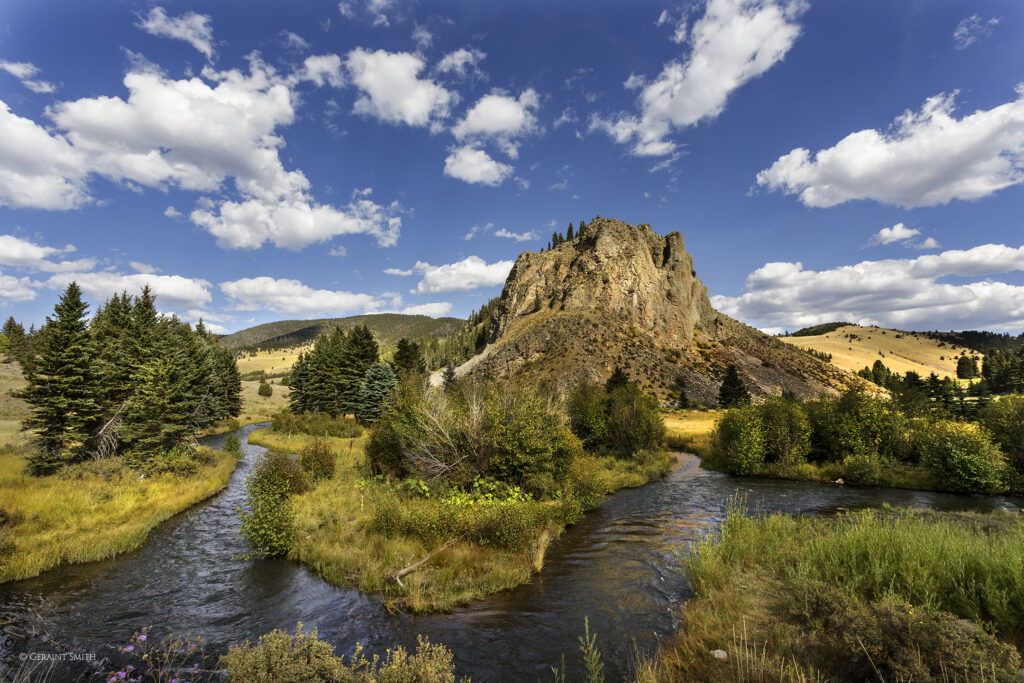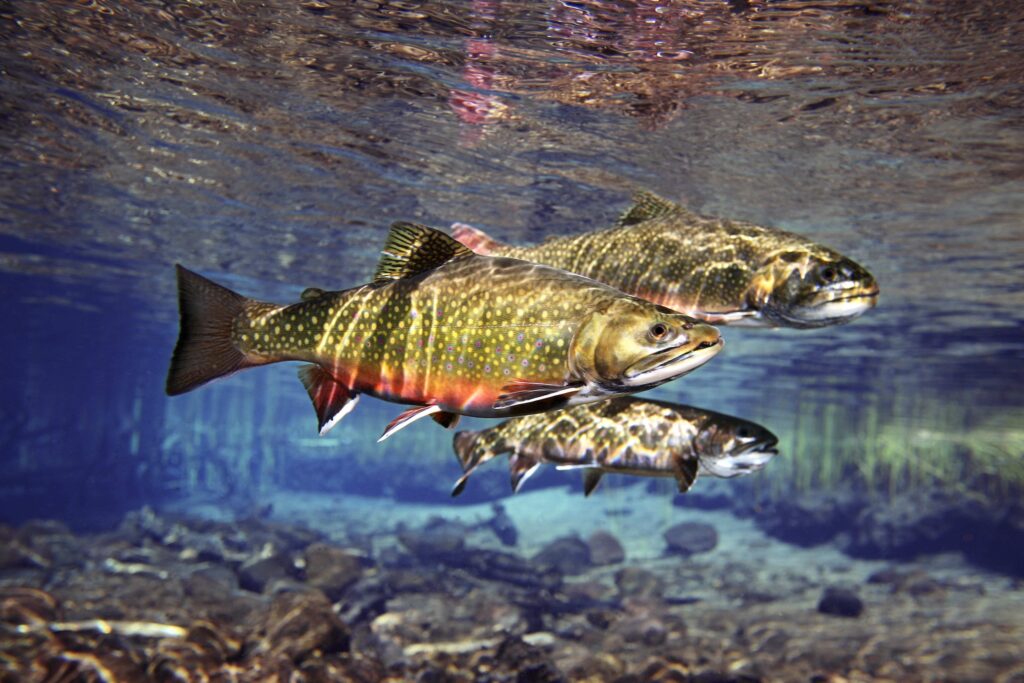We Need Everyone’s Help for the Merrimack River Now
The Merrimack River watershed is in danger of becoming overdeveloped. While great strides have been made to improve the health of the river in recent decades, those successes could be jeopardized if smart land-use planning is not implemented in a meaningful way. These reasons have led the Merrimack to be included on the list of America’s Most Endangered Rivers® of 2016.

Guest post by Dr. Caroly Shumway is a part of our America’s Most Endangered Rivers® series spotlighting the Merrimack River.
The Merrimack River has a long relationship with its people. Up to 12,000 years ago, Native Americans relied on the Merrimack for its abundant migratory fish runs. Then in the 1800’s, industrialists utilized the river for hydropower and to run textile mills. Anecdotally, it has been reported that there were so many salmon running the river in the 1800’s that one could walk across the river during a salmon run without getting one’s feet wet! Today, 600,000 people depend on the river for drinking water, including the six communities of Lowell, Lawrence, Tewksbury, Methuen, and Andover, in Massachusetts and Nashua, New Hampshire. Two more cities in New Hampshire, Manchester and Concord, plan to do so in the near future.
When I started as Executive Director of the Merrimack River Watershed Council in 2012, I met people with very different perceptions of the river. Older generations remembered the stench and pollution of the waters. Younger people, who never encountered the river when it was among the top ten most polluted in the country (as a result of that industrial legacy), have a different reaction. After chatting with some colleagues in a coffee store, a woman came up to me. “I love the Merrimack!” she exclaimed. She was a photographer, she said, and she offered her services for free if it would help the river.
Why we need everyone’s help on the river now
Today, the Merrimack watershed faces new threats. The watershed is largely forested by private land. Seventy-six percent of the land in this section of southern New Hampshire is privately-owned. This area is one of the fastest growing in the state. If the development was thoughtfully planned, it would not be a problem. Unfortunately, the development is largely unregulated and the associated sprawl has become a major issue for the health of the Merrimack watershed.
The trees and shrubs that line the river help protect our water quality. Acting as nature’s water filter, they (along with the microbes in the soil) help absorb pollution that otherwise would run into the river. The best, cheapest way to prevent such pollution is to protect at least one hundred feet of the naturally vegetated buffer along the length of the river. Unfortunately, few towns or cities in New England have this level of protection, and the State of New Hampshire has no regulatory buffer requirements.
Increased development pressure doesn’t just mean houses. It means associated strip malls and miles of pavement. It means lawns instead of trees. The added pavement and parking lot acreage cause increased runoff of sediment, heavy metals and oils from cars and nutrient pollution from lawn fertilizers. Such runoff pours from storm drains directly into the river without being treated.
Why does this matter?
600,000 people in the watershed, including two large environmental justice communities, depend on the river for drinking water. In addition, the river is considered one of the top three most important rivers on the East Coast for migratory fish; it is also important for birds and rare and endangered species. Nevertheless, increased nutrient levels have already caused the Merrimack River watershed to become the second greatest source of nutrients to the Gulf of Maine, on which many New England fisheries rely.
Here’s the thing. We know what will happen if the watershed is deforested. In the late 1800’s, deforestation in the watershed was rampant. Trees were being cut down left and right, as timber prices soared after the American Civil War. The loss of the trees changed the river’s flow, which impacted the textile mill owners who used the river’s power in their dams. In fact, one of the mill owners in Manchester helped to push for protection of the White Mountains, part of the headwaters of the watershed.
We also know today how important river buffers are. In 2013, the U.S. Environmental Protection Agency (EPA) reviewed the health of our rivers and streams nationwide. Over half of the country’s rivers and streams are in poor shape, and the condition of nearly 25 percent of degraded rivers can be attributed to lack of adequate river buffers. Sweeney and Newbold (2014) showed that, “Overall, buffers greater than or equal to 30 meters wide [i.e., nearly 100 feet] are needed to protect the physical, chemical and biological integrity of small streams.”
What needs to be done and how can you help? We are asking for federal assistance and funding from the EPA to create a bi-state integrated watershed team and plan. While this would be non-regulatory, it would help to provide funds for a watershed coordinator and facilitate an organized effort to protect critical lands, particularly next to the river and its tributaries, while we still can.

Caroly Shumway
Dr. Caroly Shumway is the outgoing Executive Director of the Merrimack River Watershed Council. Caroly has been the Executive Director since 2012. She has 25 years of experience in conservation and natural resource management, policy, and outreach in the U.S., Africa, and Asia. She is leaving MRWC to become the Chief Scientist for the U.S. Agency for International Development.




3 responses to “We Need Everyone’s Help for the Merrimack River Now”
How will development decisions impact the future of the Merrimack River and the health of humans that rely on it?
Happy to help. I live on the river.
Please stop the pollution